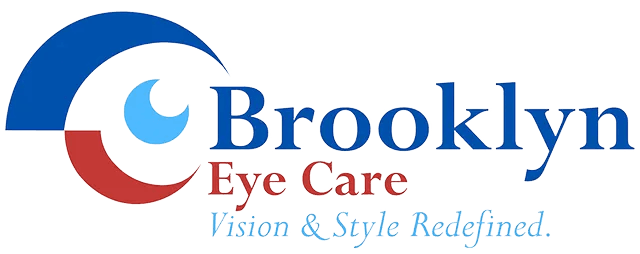Multifocal contact lenses are a popular option for individuals who require vision correction for both near and distance vision. While these lenses offer convenience and versatility, they can be associated with certain challenges and complications that may impact wearers’ comfort and visual acuity.
Visual Disturbances
One common issue with multifocal contact lenses is the potential for visual disturbances, such as glare, halos, or reduced contrast sensitivity. These visual symptoms can occur, especially in low-light conditions, affecting the clarity of vision and causing discomfort during activities like night driving or reading in dimly lit environments.
Adaptation Period
Some individuals may experience an adaptation period when transitioning to multifocal contact lenses. Adjusting to the simultaneous correction of near and distance vision can take time, during which wearers may notice fluctuations in vision, changes in depth perception, or challenges in focusing at different distances.
Fit and Comfort
Ensuring the proper fit and comfort of multifocal contact lenses is essential for optimal vision correction and wearer satisfaction. Improper lens fit can lead to issues like lens movement, decentration, dryness, or discomfort, impacting the overall visual experience and potentially causing irritation or redness of the eyes.
Limited Range of Vision
While multifocal contact lenses aim to provide a broad range of vision for wearers, some individuals may find that the lenses do not fully correct their near or distance vision requirements. This limitation can result in compromised visual acuity at specific distances, leading to the need for supplemental eyeglasses for certain tasks or activities.
Ocular Health Concerns and What are Common Issues Associated with Multifocal Contact Lenses?
Proper lens care and adherence to hygiene practices are crucial to maintaining ocular health when wearing multifocal contact lenses. Individuals using these lenses may be at an increased risk of eye infections, dry eye symptoms, or discomfort if hygiene protocols are not followed diligently or if lenses are worn for extended periods without proper care.
Cost and Accessibility
The cost of multifocal contact lenses can be higher than that of traditional single-vision lenses, posing a financial consideration for individuals seeking multifocal correction. Additionally, access to specialized multifocal lens options or customization may vary depending on the availability of lens types, brands, and fitting options from eye care providers.
Compromised Visual Clarity
Some wearers of multifocal contact lenses may experience compromised visual clarity, particularly in challenging visual conditions or dynamic environments. Factors like pupil size, lighting conditions, or the design of the multifocal lens can influence the quality of vision and lead to fluctuations in visual acuity throughout the day.
Consultation and Follow-Up Care
To address common issues with multifocal contact lenses, individuals are encouraged to consult with their eye care provider for comprehensive evaluation, fitting assessments, and follow-up care. Eye care professionals can offer guidance on lens selection, adjustment of prescription parameters, and troubleshooting strategies to improve comfort and visual outcomes with multifocal lenses.
Addressing Challenges with Multifocal Contacts
While multifocal contact lenses provide a valuable solution for correcting presbyopia and addressing near and distance vision needs, wearers may encounter common issues related to visual disturbances, adaptation, fit, comfort, and ocular health. By working closely with eye care providers, maintaining proper lens hygiene, and communicating any concerns or difficulties, individuals can navigate these challenges effectively and optimize their experience with multifocal contact lenses for improved vision and comfort in daily activities.

